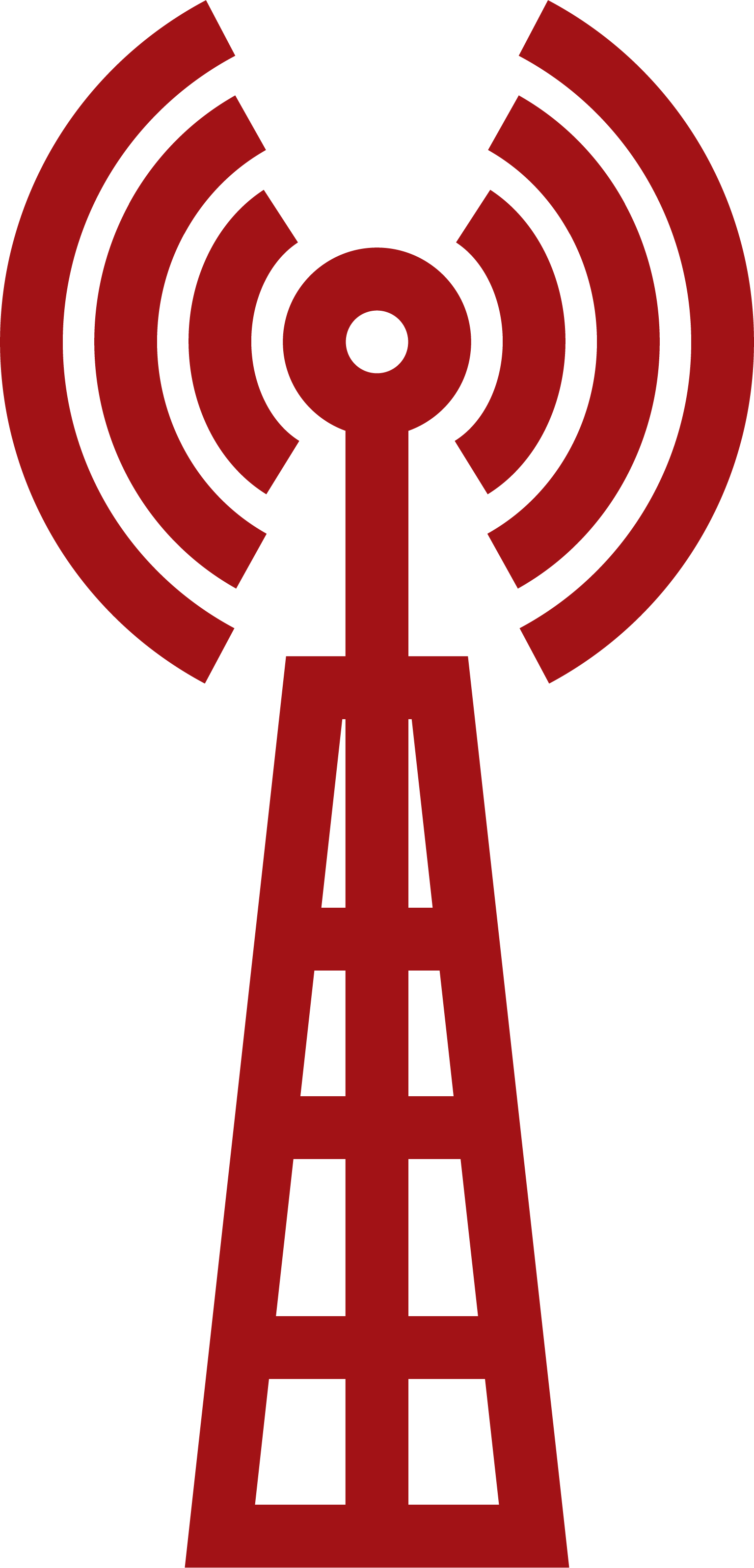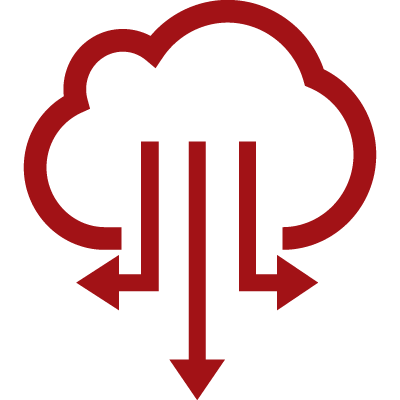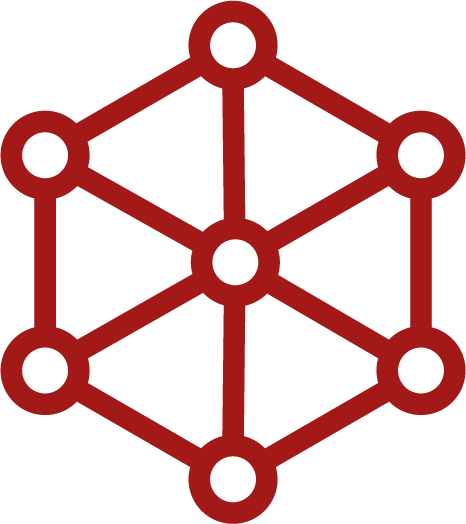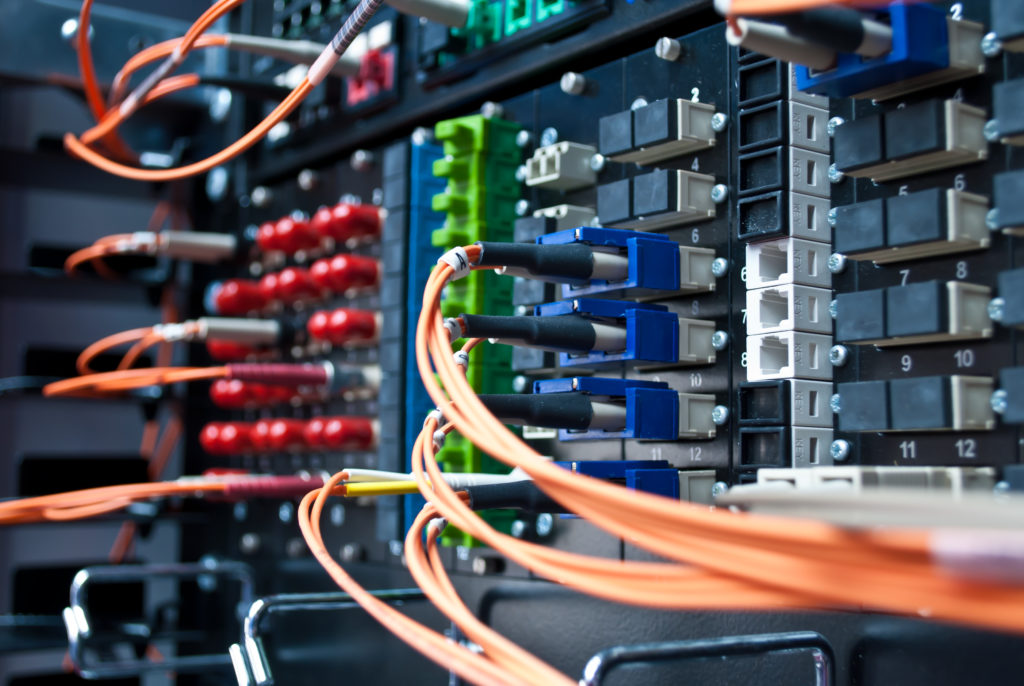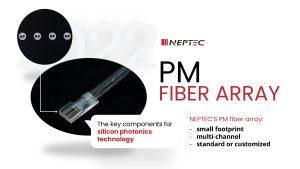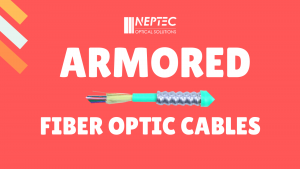Fiber Optic Cables
Consumer and industry demands for higher bandwidth and faster speeds are relentless heading into the new decade. Copper cables simply can’t handle the transmission of massive amounts of information our modern world now requires. Fiber optic cables transmit data at the speed of light, faster and further than any copper cable could. Needless to say, fiber optic cables have become the gold standard for data transmission across the globe.
What is Optical Fiber?
Before we can talk about fiber optic cables, we must first talk about optical fiber. Optical fiber, or bare fiber, are hair like strands of glass designed specifically high-performance data transmission. Optical fiber can be made to handle high power, travel long distances, and transmit multiple wavelengths at once. Optical fiber can be generally split into two types; singlemode and multimode.
Single-mode optical fiber is 8.3 to 10 microns in diameter. With such a small core diameter, the beam of light is enclosed in a much tighter, focused space. This allows single-mode fiber to offer twice the bandwidth and up to 50 times the distance of multimode fiber. This makes single- mode fiber ideal for long haul applications. Because the diameter of single-mode fiber is so narrow, manufacturing costs go up, and expensive laser diodes are required as a light source.
On the other hand, multimode fiber has a larger diameter of 62.5 µm or 50 µm, allowing multiple wavelengths or “modes” of light to travel through the fiber. Multimode fiber can utilize common LEDs as their light source and cost less to manufacture. Yet, the multiple modes of light running through multimode fiber result in higher signal distortion, limiting multimode fiber’s range. Therefore, multimode fiber is ideal for backbone installations in homes, businesses, and small campuses.

